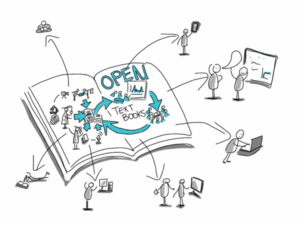Education in the 21st century is changing at a rapid pace and as a university we are confronted with new challenges all the time. Organising a course, dealing with the different ways through which students consume knowledge and sharing educational resources are just some of the challenges that require more than just pedagogical expertise. As a university Library, we see that a teacher is not only required to be a good lecturer, but also a resource manager, who needs to use, produce and review educational resources, to make it fit their way of teaching students. This is amplified by the COVID-19 crisis, which has forced teachers to move a large part of their teaching online and create new digital content. What surprises me is that even though all this content that teachers produce is valuable, it typically does not leave the (digital) classroom environment. And that is a shame, because I think a teacher’s teaching philosophy is reflected strongly by the educational resources they use and produce. That is why we have designed the Open Textbook publishing service, to provide the support, expertise and platform to teachers, so they turn their educational resources into academic literature.
So, what is an open textbook, and what are the benefits of turning educational resources into an open textbook?
 In essence, you could consider an open textbook to be a collection of Open Educational Resources (or OER). It is a published reference work with identifiers like an ISBN and a DOI, so it can be linked directly to an author’s academic profile. It is also not limited to just being a text document, but it could be enhanced with all sorts of dynamic content. It can even include existing content for already published open textbooks from other authors. The fact that it is open makes it much easier to revise from year to year and to make available to your students, as opposed to commercial textbooks that are mostly used today. Students do not have to worry about stock availability, having it at the start of the course and remembering to take it to class. And as a teacher, you have reference literature that you can easily revise and adapt to your course on a yearly basis. And it becomes much easier to share your resources with your colleagues inside and outside of TU Delft.
In essence, you could consider an open textbook to be a collection of Open Educational Resources (or OER). It is a published reference work with identifiers like an ISBN and a DOI, so it can be linked directly to an author’s academic profile. It is also not limited to just being a text document, but it could be enhanced with all sorts of dynamic content. It can even include existing content for already published open textbooks from other authors. The fact that it is open makes it much easier to revise from year to year and to make available to your students, as opposed to commercial textbooks that are mostly used today. Students do not have to worry about stock availability, having it at the start of the course and remembering to take it to class. And as a teacher, you have reference literature that you can easily revise and adapt to your course on a yearly basis. And it becomes much easier to share your resources with your colleagues inside and outside of TU Delft.
But isn’t it hard to publish an open textbook?
Well yes, but that is why the TU Delft Library’s Open Publishing service offers support with book writing software and advise with licensing the resources to make them fit for publishing with an open license. In addition, we provide editorial support and help with design of typesetting and book covers. This way, teachers can focus on producing high quality content, while the TU Delft Library takes all responsibilities concerning publication of open textbooks and provides support in each step of the process, including the dissemination of the published open textbook on the TU Delft Open Textbook platform.
Our goal with open textbook publishing is to adopt the philosophy of open science to education, by providing solutions for improving the organisation of courses effectively and time-efficiently, by creating a mind-set amongst teachers that it is easy and useful to publish their educational resources and to adopt each other’s work in their course.
Do you have teaching materials that you use in your teaching at TU Delft that could be used to publish as an open textbook?
We are always looking for new authors. These materials could include the reader you use in your course, your lecture notes, the scripts and videos you made for your digital lectures, open resources that you adopted from an external source, or a combination of these materials. If you are interested in finding out how your materials could be made into an open textbook, contact the TU Delft Library’s Education Support. We will provide you with personal advice on how to get started on your open textbook project.

1 comment on "Open Textbooks: making the most out of your educational resources"